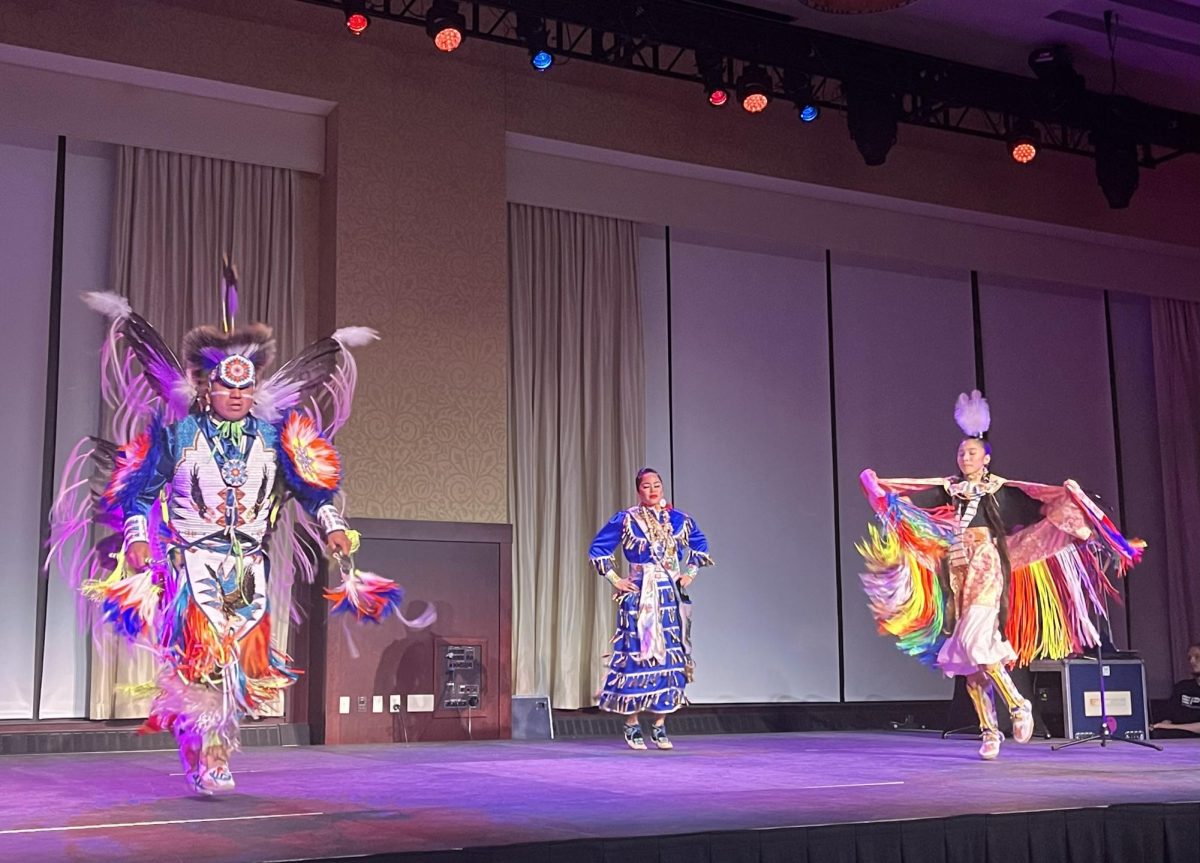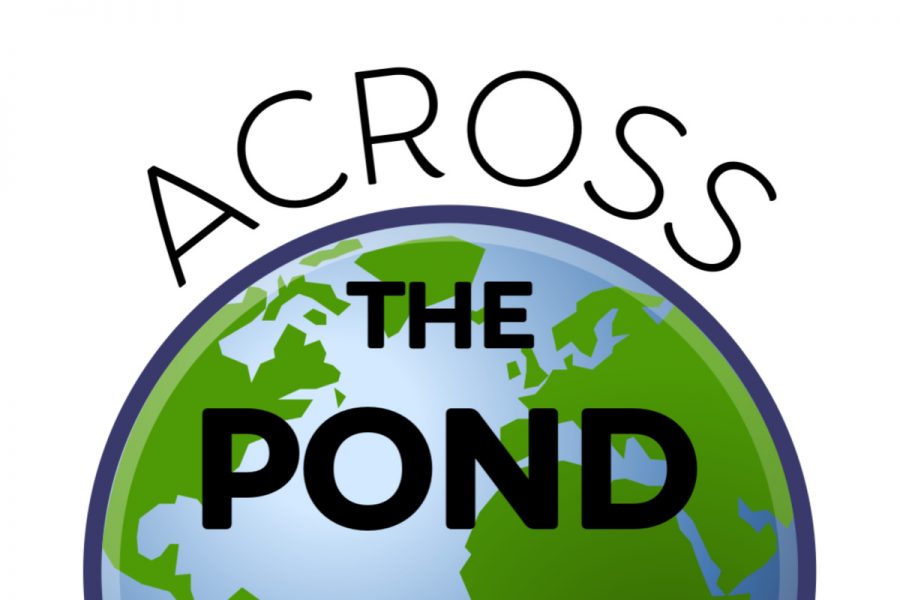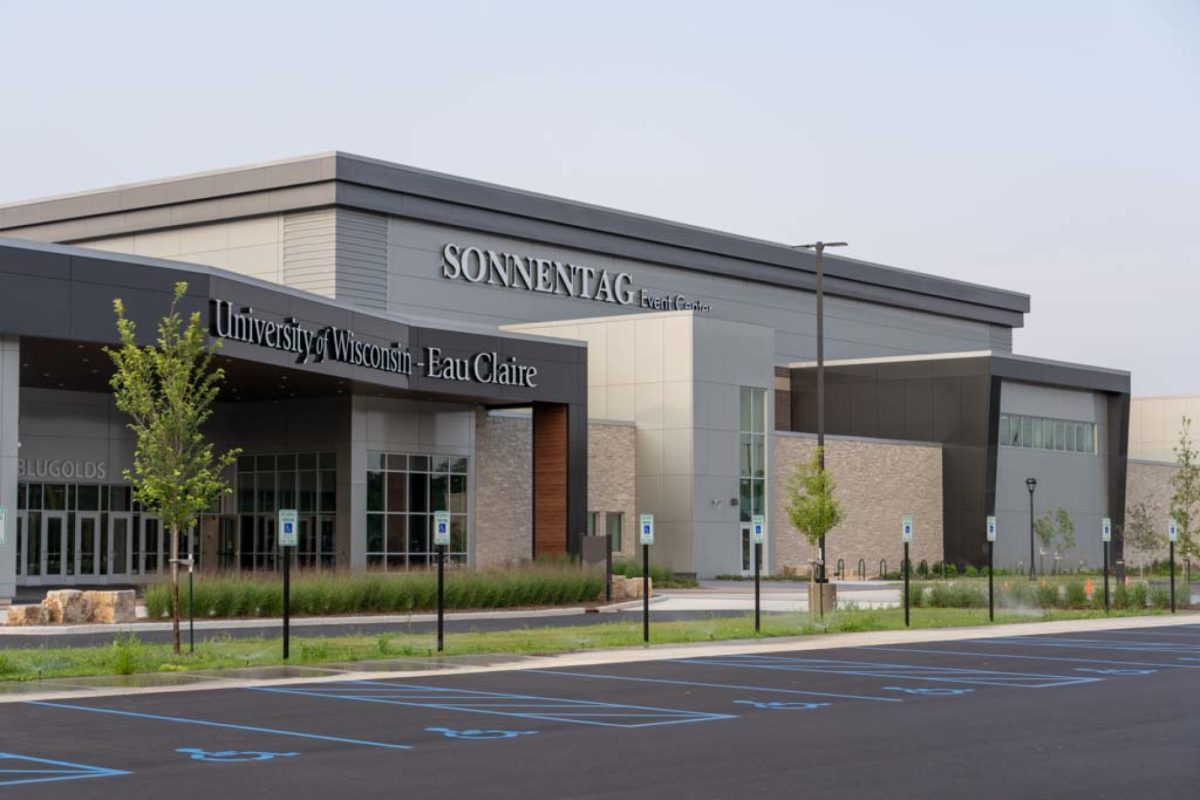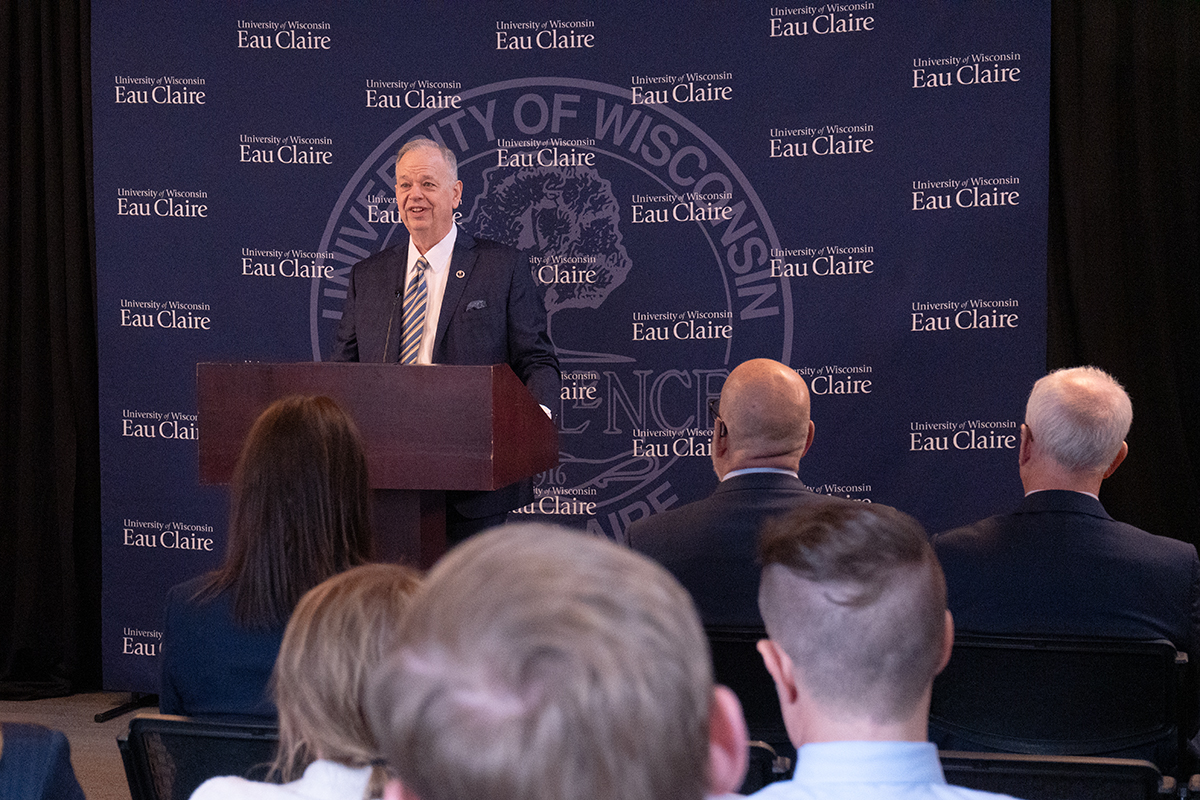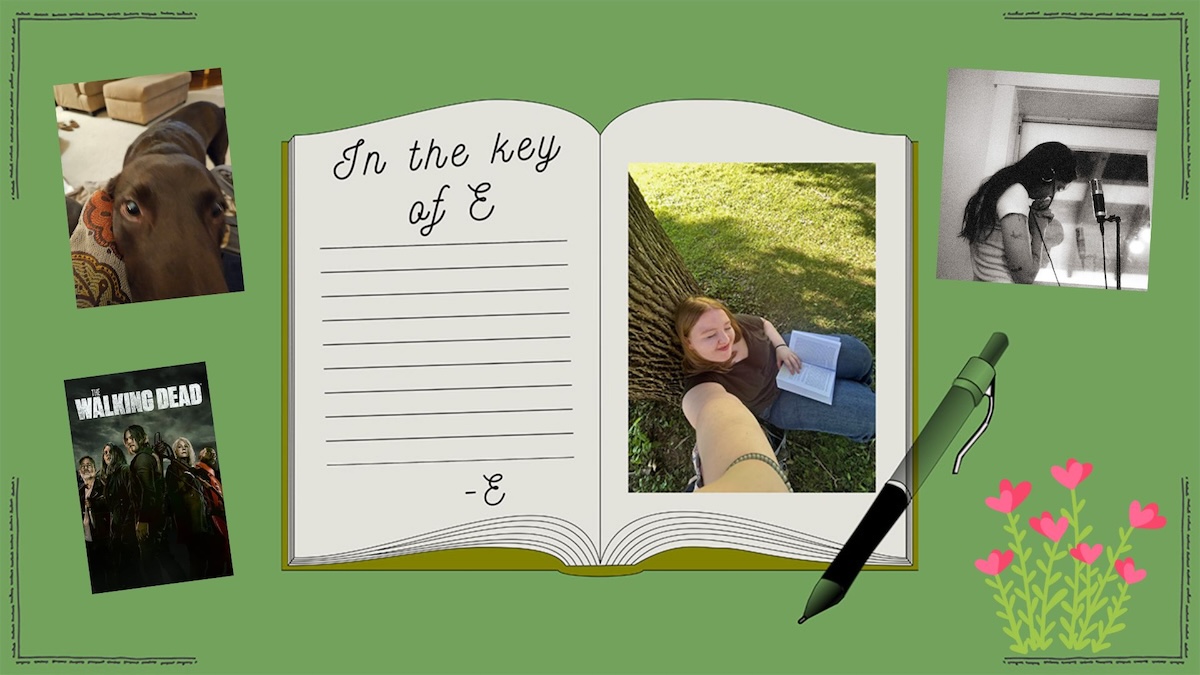On Thursday, Nov. 16, from 7:30-8:30 p.m., Native Pride Dancers came to UW-Eau Claire and performed in the Ojibwe Ballroom at Davies Student Center. The University Activities Commission (UAC) asked them to perform as part of the Artists Series.
Corey Stockman is the UAC advisor and was the staff event coordinator for this event.
“The Artists Series wants to shift its course towards a model that depicts art forms of different mediums and cultures that will be accessible. We felt as though the NPD were perfect for our line-up this year to fit our ever-changing goals,” Stockman said.
The Native Pride Dancers are based in Jacksonville, Florida, and travel to perform at all different levels: locally, regionally, nationally and even internationally.
The main goal of the group is to share their culture through a blend of traditional and modern Native American dance styles and songs. They hope to inspire communities to break down stereotypes and misunderstandings, as well as to educate people about their cultural heritage.
Between the performances, the dancers informed the audience of the meanings and history of each dance. They also described the regalia, or special clothing, they were wearing, which are full of colors and symbols important to indigenous culture.
Larry Yazzie, the Artistic Director and Founder of Native Pride Productions, is a two-time World Champion Fancy Dancer, Eagle Dancer and Men’s Northern Traditional dancer.
Yazzie began to learn the traditional ways of his ancestors and the art of dancing when he was 7 years old, starting with the Meskwaki Powwow. This annual event took place in his home settlement in Tama, Iowa. He has been dancing ever since.
The driving force behind Yazzie’s founding of Native Pride Productions was to give back to his community and represent his culture around the world. He achieves this not only through dancing but also by singing, playing the flute and hand drum, lecturing and educating.
Yazzie has performed solo all around the world, including in Japan, France, Brazil, Australia and Ireland. He has received many awards for his work and has earned a reputation as one of the country’s prime experts on Native American dances.
The Native Pride Dancers started as a trio to begin their performance at UW-Eau Claire, showcasing each of their unique dances and regalia. Afterward, Yazzie played the Native American flute as a form of prayer.
Each of the three dancers performed their own traditional dance as a solo. First was the women’s Jingle Dance, then, the women’s Fancy Shawl Dance and lastly, the men’s Fancy Dance, performed by Yazzie.
The Jingle Dance originates with the Ojibwe in the Great Lakes region and is also known as the Healing Dance.
The regalia worn during this dance is a dress covered in tin lids and colorful ribbon, placed close enough so that they hit each other while the woman is dancing, creating a sound similar to rainfall. The dance itself involves simple footwork, just enough to make the jingles sway.
Next was the Fancy Shawl Dance, which is inspired by the movement of butterflies. The most important element of the regalia worn is the colorful shawl, which extends the length of the dancer’s outstretched arms.
This dance requires intricate, rapid footwork and spinning to attract attention to the fringe and give the shawl movement. The lightness of the fabric creates a floating illusion, and it prevents overheating to sustain the dancer’s energy.
The last solo was the Fancy Dance. It is also known as the Bustle Dance and is usually performed by young men. Of the three dances, this one has the fastest movement and requires much stamina and coordination from the dancer.
The regalia for the Fancy Dance has colorful fringe, which represents the Rainbow Spirit. A headdress is also worn, including two feathers that move to the beat of the music while dancing.
According to Yazzie, regalia or outfit is the preferred term for the clothing worn during these dances, instead of “costume.” The garments are sacred to indigenous people and are made with prayer. The quill work and beadwork can take months to create.
After the solo performances, members of the audience had the opportunity to learn some of the footwork of the traditional dances. Attendees were also given a chance to ask the Native Pride Dancers questions and take pictures with them at the end.
“We were looking for an opportunity to have the NPD showcase their culture in an unfiltered manner during Native American Heritage Month,” Stockman said. “We sincerely hope that our students took away an experience they won’t forget and will reflect on in a positive and educational light.”
Matczak can be reached at matczaij9603@uwec.edu.


